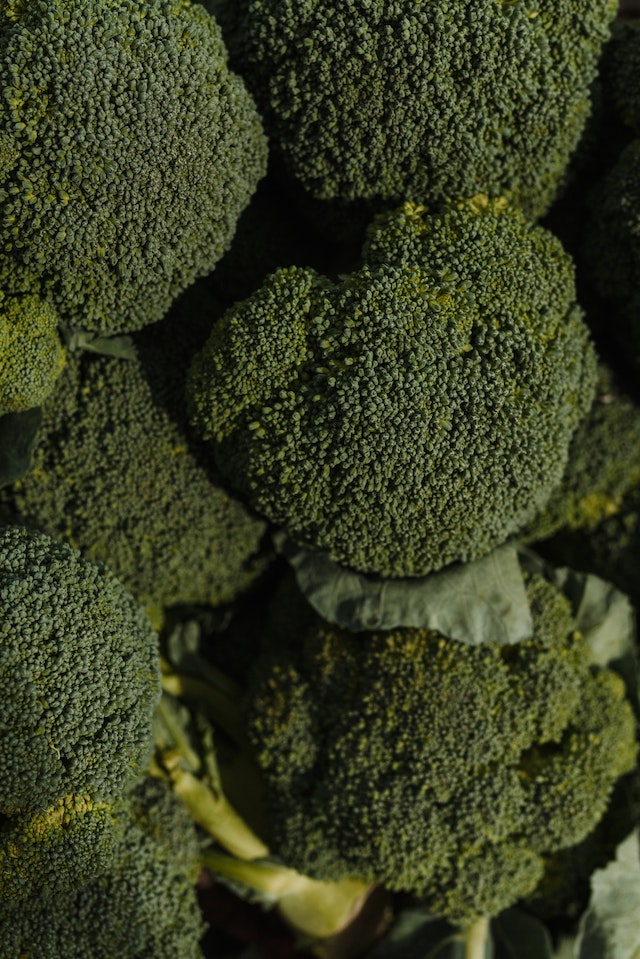USDA Pesticide Data Program Delivers Positive News in Recent Report
The most recent report from the USDA Pesticide Data Program offers some encouraging information on the status of pesticide residue levels in different types of produce. Read on to learn more.

The most recent report on the Pesticide Data Program (PDP) issued by the United States Department of Agriculture (USDA) offers some encouraging information on the status of pesticide residue levels found in various fresh produce.
In this article, we’ll go over what you need to know about the USDA Pesticide Data Program report and how Silo can help you streamline operations.
What is the USDA Pesticide Data Program?
The Pesticide Data Program (PDP) is run by the USDA and is a nationwide program that checks for the presence of pesticide residues in food. Created in 1991, the USDA's Agricultural Marketing Service (AMS) is now in charge of its management.
The program collects and analyzes data on the levels of pesticide residues in fruit and vegetable samples from both domestic and foreign food supplies.
Why is the Pesticide Data Program important?
The Pesticide Data Program is important because it guarantees the integrity of the nation’s food supply. Pesticide residues being monitored helps to detect possible threats to public health and safety so they can be effectively addressed.
Moreover, the program works to verify that growers are using pesticides in a responsible manner and in compliance with the law.
The findings of the PDP’s recent report
A report is published every now and then providing a summary of the findings from testing for pesticide residues in fruits and vegetables. These tests are performed on food samples gathered throughout the year.
The report's goals are:
To provide members of the public and decision-makers with information regarding the safety of the nation’s food supply
To highlight any possible problems that may exist
The recent report has shown that 99% of food samples tested for pesticide residues were found to have met the Environmental Protection Agency's (EPA) tolerance criteria, a total of 423 samples submitted to the Food and Drug Administration (FDA).
How data was collected for the pesticide report
Information was gathered by the PDP by compiling samples from a broad range of foods from different regions around the United States, including:
Peaches
Blueberries
Pears
Eggplant
Green beans
Winter squash
Celery
Broccoli
The samples were subjected to analytical procedures to check for the presence of pesticide residues.
The program collaborates closely with state organizations to gather statistics on products produced locally.
How the report’s findings can be interpreted
The results of the USDA Pesticide Data Program are definitely positive, but what do they mean for the industry? Here’s how the report’s findings can be interpreted.
The health and safety of the general population are being protected
The pesticide report’s findings mean great news for the public's health and safety. With pesticide residue determined to be within the EPA's tolerance criteria, consumers can have faith that the food they’re eating is safe to ingest, resulting in stronger customer trust.
Those working in the produce sector are complying with regulatory laws
This news is also equally significant for produce businesses. A significant percentage of samples complying with regulatory limits means that growers are using pesticides responsibly and are acting in accordance with the law. This is essential for preserving consumer faith in reliability and safety.
The possibility for better policies in the future
The pesticide report’s findings may also result in a positive and long-term aftermath that benefits how pesticides are regulated.
In the event that growers continue using pesticides responsibly and remain in compliance with legal limitations, increased confidence in the produce industry can feasibly result in fewer controls or restrictions on the use of pesticides.
Nonetheless, in order to guarantee the integrity of the nation’s food supply, continuous monitoring is necessary. Application methods, too, should see improvements over time.
Increase transparency with Silo
Regular monitoring of pesticide residues in fruits and vegetables is a given to guarantee that the nation’s food supply remains secure. When you’re a produce business, protecting yourself is crucial. In this regard, Silo is an essential tool.
Silo is an Enterprise Resource Planning (ERP) software solution that increases transparency and accountability across the supply chain. With exceptional lot tracking and traceability features, you can say goodbye to guesswork and access better visibility.
Features for communication also streamline information exchange between internal groups while allowing for greater vendor relationship and business transaction management. You can choose what you want to share and access collaboration history at the drop of a hat.
Book a demo with Silo today!
Want to book a demo with us?
Add your info and we’ll get one scheduled with you.